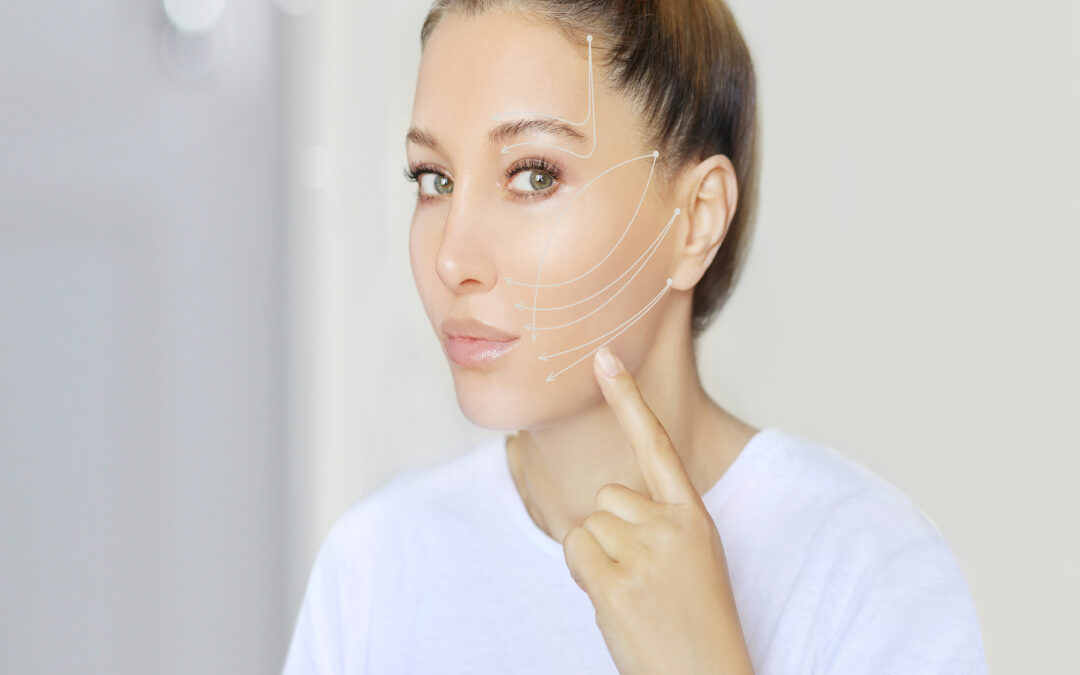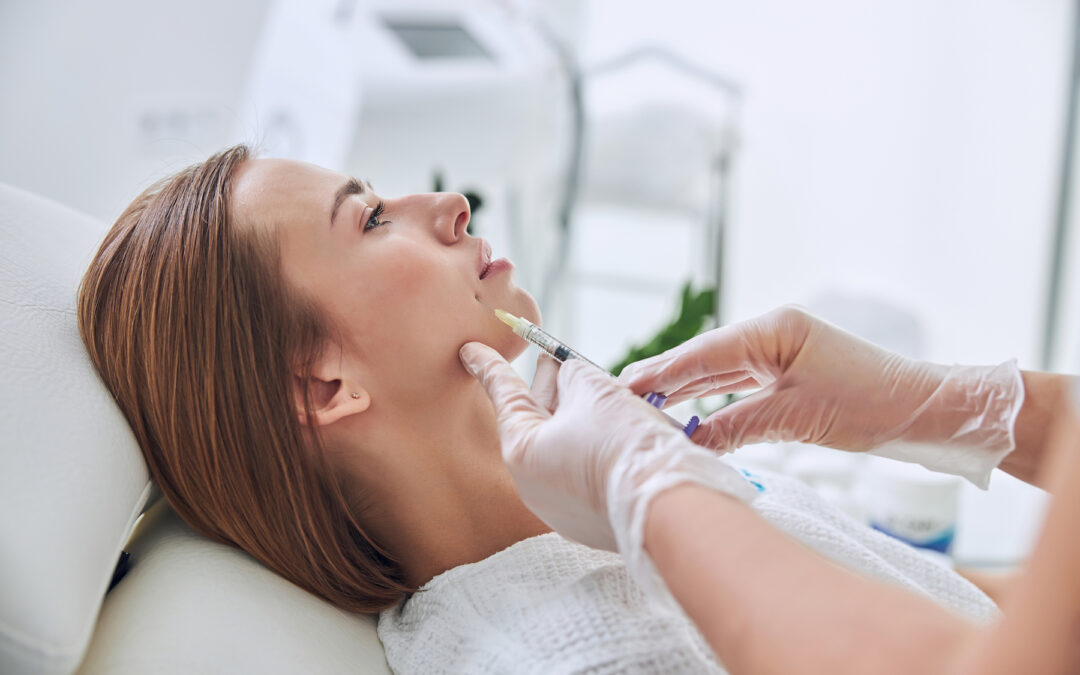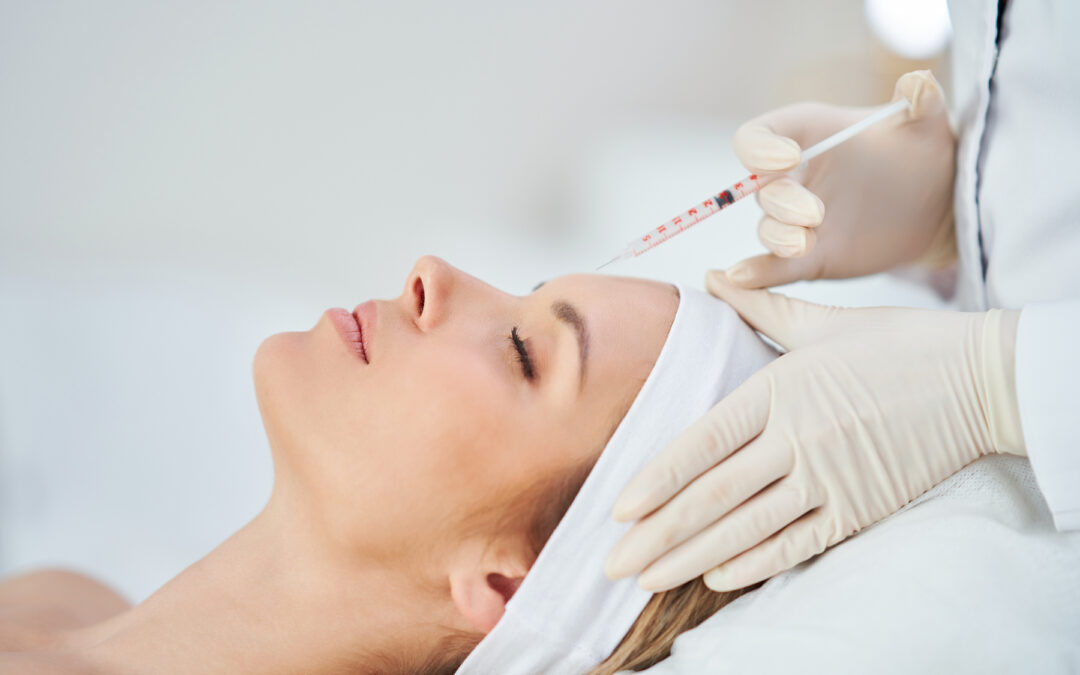
by Mia Valleskey | Jul 15, 2024 | Tips & Tricks
The hubbub of everyday life can be overwhelming, making you forget self-care in the chaos of caring for everyone and everything else. At Beauty and Beauty and Body by Mia, we encourage you to nurture your inner diva with three beauty treatments designed to help you feel relaxed and beautiful. Our job is empowerment, helping you indulge and take care of yourself for once.
Here are our three recommended beauty treatments and how they can influence and improve how you feel about yourself.
Self-Care and Embracing Your Inner Goddess
Your inner goddess is waiting! Embrace self-care with the same zeal that you embrace life and love. Self-care means a confidence boost and inner peace, pampering yourself to the absolute limit to find happiness and a sense of calm in the hustle and bustle of your daily doings. Building your self-esteem should be a priority, and we at Beauty and Body by Mia know that feeling good—mentally, physically, and spiritually—empowers you to take on life’s challenges with strength and confidence.
The Ultimate Glow in a Hydrafacial
Hydrafacials imbue your skin cells with ultimate hydration, bringing out your inner glow to help you feel better about the skin you’re in. Wrinkles, cracks, age spots, and fine lines are buffered away, leaving smoother, softer skin that shines with radiance, youth, and beauty. We cleanse and exfoliate your skin first, then use a vacuum-based tool to remove impurities, like clogged pores and dead skin cells, before smoothing in antioxidant-rich serums.
Aging Gracefully with Botox and Fillers
Botox and fillers are popular injectable treatments that reduce wrinkles, and smooth skin, and make you look younger for longer. These treatments help to relax the muscles in your face while also controlling elastin and volume, defining your natural contours. Results are noticeable within a few days, and last for several months.
Liposonix for Curvier, Tighter Contours
This non-invasive procedure delivers targeted fat reduction to smooth cellulite for a sleeker, tighter silhouette. This treatment encourages your body’s natural ability to metabolize fat cells, giving you a contoured appearance with VA-VA-VOOM curves. Most effective for your abdomen, thighs, love handles, back, and upper arms, Liposonix guarantees noticeable, beautiful results in 8-12 weeks.
Indulge in a Full Day of Pampering!
Have you ever had a full day of self-care? Pamper yourself like a queen at Beauty and Body by Mia! Our body treatments include scrubs, wraps, and detoxifications, all to refresh your skin and make yourself feel like a million bucks. The benefits? Rejuvenation, holistic self-care, and complete relaxation!

by Mia Valleskey | Jun 30, 2023 | Tips & Tricks
All injectables are not alike. Not only do they serve different purposes, from hydration to anti-aging benefits, but your skin type may influence which ones are right for you. Your skin is unique and deserves to get the best-suited, targeted treatment.
Injectables are only one option for meeting your skin goals, but they can be an incredible tool in your treatment arsenal. Below, you’ll get a look at some of the most common skin needs and goals and the fillers that help accomplish them.
Fine Lines and Wrinkles
As we age, it tends to show on our faces, and even the most youthful among us will eventually show signs of fine lines and wrinkles. You can’t avoid them forever, but you can certainly treat them and take a step back in time. These fillers are an excellent helping hand when dealing with these pesky signs of aging.
Hydration
Hydration is critical for all skin types, and hydrating injectables are even well-suited for those with sensitive skin. They offer a buffet of vitamins and nutrients, like hyaluronic acid and mannitol, and help plump skin and improve elasticity. If you’re dealing with dehydrated, sagging, or dull skin, consider a hydrating injectable as listed below.
Stubborn Fat
Sometimes, fat won’t budge regardless of what you do. Diets, exercise, bargaining, and demands won’t get your double chin to budge or banish the fat clinging to your arms. Don’t give up just yet. These injectables focus on melting away fat cells and kicking your metabolism into high gear.
Low Energy and Fatigue
Injectables aren’t all about altering your appearance. They can make you feel better, too. If you often have no energy, feel fatigued, and it just seems like your body isn’t working the way you’d like it to, these treatments may help get you back on track. When you feel better, it’s easier to exercise and get out and enjoy life. Your body, mind, and immune system will thank you for giving these treatments a shot.
Final Thoughts
Injectable treatments cover a broader range of problems and issues than many people realize. While you may recognize Botox and know what it does, it’s probably news to hear that Vitamin C shots boost your immune system and make exercise more effective. If you’re interested in learning more about what injectables may help accomplish your personal goals, set up an appointment with Beauty and Body by Mia to discuss your needs.

by Mia Valleskey | Jun 15, 2023 | Tips & Tricks
Your skin needs a lot of care if it’s going to continue to look its best and provide the protection that you need. One of the ways that people care for their skin is to have peels done, which remove old, dead skin cells and expose the fresh, youthful skin underneath. There are several types of peels available, including chemical peels, organic peels, and many others.
The type of peel that you choose will depend on the results that you are hoping to obtain and the type of skin issues you have. If it is during the summer months, you may be advised to choose a less harsh option to protect your skin from the risk of unnecessary damage due to exposure. Otherwise, it’s perfectly safe to get a peel whenever you need one.
Not sure what to choose? Here are some great summer peels that will rejuvenate and refresh your skin for the beautiful outdoor weather.
The Best Summer Peels
Glo & Go Peels: These peels are designed for people who are short on time. Using a specially designed paste is applied to the skin to remove imperfections, fix texture issues, and reveal youthful, healthy skin. They’re even a good choice for people with sensitive skin, making them a top choice.
Other great peels for summer include:
- Lactic peels, which come from milk and are better for sensitive skin
- Beta peels, great for acne and oil control
- Vitalize peels, which are based on citric acid refresh the skin
- Retinol peels, a form of vitamin A that encourages the growth of new skin cells
Are Summer Peels Safe?
What about the people who say peels are bad for the summer? Well, there’s a bit of truth there, but nothing that can’t be resolved with some caution. Here’s the scoop.
Peels, by nature, remove the top layer(s) of your skin to remove the fresh, more youthful, flawless layers underneath. This can reduce the appearance of signs of aging and help you look and feel rejuvenated.
However, this also means that you have fresh skin that is much more sensitive that’s now exposed to the elements. You’ll want to invest in a high-quality moisturizing sunscreen so that you can protect the beautiful skin you’ve just uncovered. As long as you do that, you should be good.
As always, consult with Beauty and Body by Mia to ensure that you get the best solutions for your skin type, concerns, and other needs.

by Mia Valleskey | May 15, 2023 | Tips & Tricks
There’s been a lot of talk about the trend of non-surgical facelifts, which use technology that is non-invasive or minimally invasive to help improve the look and feel of the skin on the face and neck. How effective are these treatments, though, and how do the results compare to a surgical facelift? Here’s what you need to know.
What is a Non-Surgical Facelift?
Non-surgical facelifts are typically defined as procedures that temporarily improve the appearance of the skin by firming, plumping, or otherwise rejuvenating it. It doesn’t require any major incisions or general anesthesia, and most procedures are completed in-office with minimal recovery time. The biggest difference between non-surgical and surgical facelifts is the invasiveness of the latter procedure and the requirement for general anesthesia, as well as the potential for an overnight hospital stay.
A non-surgical facelift is usually a procedure comprised of several different cosmetic techniques that can help improve the skin’s appearance. These can include injectables, such as fillers and products like Botox, peels and exfoliation treatments, or any other combination of treatments that produce the desired results.
Who is a Candidate?
Anyone who has minor aging issues or who is worried about existing signs of aging getting worse could benefit from a non-surgical facelift. People often seek out this procedure for things like:
- Sunken cheeks and eyes
- Sagging skin
- Thin lips
- Wrinkles and frown lines
- Crow’s feet
There are some people who aren’t good candidates for procedures, as well as those who might not benefit as much from the results. People with active acne or cold sore outbreaks, for example, should wait until the issue clears. Those who have eczema or psoriasis may not see the same results, and anyone with moles or skin growth needs to mention this before having any procedures done.
As far as those this type of facelift won’t work for, that includes people with:
- Severe burn scars or other scars
- Deep wrinkles
- Extreme sagging or loose skin
How Successful are Non-Surgical Facelifts?
It’s not so much about whether or not a non-surgical facelift will work, but about how long it will work for. These treatments may require repeat visits, such as for repeat Botox injections or new chemical peels to keep your skin fresh. If you clean and moisturize your skin daily and protect it from the elements, the results will last longer.
Make sure that you talk to Beauty & Body By Mia about the types of non-surgical facelift techniques that are best for you and put your best face forward now!

by Mia Valleskey | Apr 15, 2023 | Tips & Tricks
It’s best to know the risks involved before scheduling any cosmetic procedure, especially if you haven’t had it before. Whether they’re invasive or non-invasive, there are always at least mild potential side effects (even if they’re rare). Injectable fillers are no different. With that said, fillers are one of the safest cosmetic procedures on the market, and many of them have received FDA approval to treat several conditions.
What Are Injectable Fillers?
Injectable fillers are generally used to smooth out the appearance of fine lines and wrinkles, restore lost volume to the face, and heal acne scars. They’re injected beneath the skin and the material is eventually broken down by the body. Depending on the particular filler, they use:
- Hyaluronic acid
- Calcium hydroxylapatite
- Poly-L-lactic acid (PLLA)
What Are the Risks?
The most common side effects of injectable fillers are brief and mild. They include things like pain at the injection site, bruising, swelling, and tenderness. The effects are temporary and normally resolve within a few minutes to a few hours after the treatment. Most people don’t even need recovery time after the injections and can return to their normal activities. Other possible side effects include rash and allergic reactions, as some fillers are made with animal-derived collagen.
If an injectable filler is incorrectly applied, it may pose a risk to your blood vessels and put you at risk for severe side effects. However, this is incredibly uncommon. Trained and appropriately licensed professionals know how to correctly administer the injections.
Tips for Reducing the Risks
The best way to minimize your risk of complications from injectable fillers is to see a licensed professional for your treatment. Never purchase or inject your own filler. Do your research about the type of fillers available before making your choice, and take any questions to an expert.
Who Shouldn’t Get Injectable Fillers?
The FDA has deemed injectable fillers safe for most people over 22 years old. If you are prone to allergic reactions or have a bleeding condition, fillers may not be right for you. Even under those circumstances, certain options may still be safe.
Final Thoughts
Even with the side effects listed in this article, injectable fillers remain one of the safest cosmetic procedures available. If you’re interested in fillers but have concerns about the risks, speak to a licensed skin care professional for more information. Schedule your consultation with Beauty and Body by Mia to discuss whether injectable fillers are right for you.

by Mia Valleskey | Mar 1, 2023 | Tips & Tricks
Age is inevitable. It catches up to everyone at some point, bringing fine lines and wrinkles with it. Youthful skin only lasts a precious few years on its own, but what if you could help it along? Many injectables on the market fight visible signs of aging and help restore that youthful, full glow to your face. Injectables can also help those struggling to lose weight. Sometimes, you can put in all the work and not see the results you want. It’s okay to get a little extra help! Below are some of the most popular anti-aging and weight-loss injectables.
Botox
The name Botox is well known even among people who know little or nothing about injectables. It’s synonymous with anti-aging skin treatments. There’s a good reason for that, too. It works. Botox works by blocking certain signals within the body and forcibly relaxing targeted muscles, allowing them to relax. Consequently, fine lines and wrinkles recede and are less prominent (or gone altogether). Botox is very safe and FDA-approved, with results that last for months at a time.
Juvéderm
Juvéderm offers a few different injectables to fit your needs. The Juvéderm line uses hyaluronic acid in all of the injectables. Everyone’s body naturally contains hyaluronic acid, but the supply dwindles as you age. Juvéderm injectables replace it, adding volume, increasing elasticity, and relieving dry skin. Some Juvéderm options include:
- Voluma XC
- XC and Vollure XC
- Hydrate
B12 Injections
Are you working out, eating right, and still not seeing the weight results you want? B12 injections may help. They include a B12 complex and lipotropic enzymes to boost metabolism and help you get the most out of your diet and exercise routine. B12 injections aid by:
- Boosting metabolism
- Giving you more energy
- Burning fat
- Increasing liver function
- Fighting insomnia and lingering fatigue
- Helping with weight loss
Lipolytic Injections
Some parts of the body are stubborn. Even if you lose weight, your double chin might refuse to budge or your thighs won’t comply with your lifestyle changes. Lipolytic injections can help with that. They break down buccal fat in a way that allows your body to eliminate waste and get rid of unwanted fat deposits. With minimal recovery time and only two treatments to get the results you want, they’re a huge help!
Schedule Today
If you want to look younger or lose weight and are ready to give injectables a try, schedule a consultation with Beauty and Body by Mia to get started!






